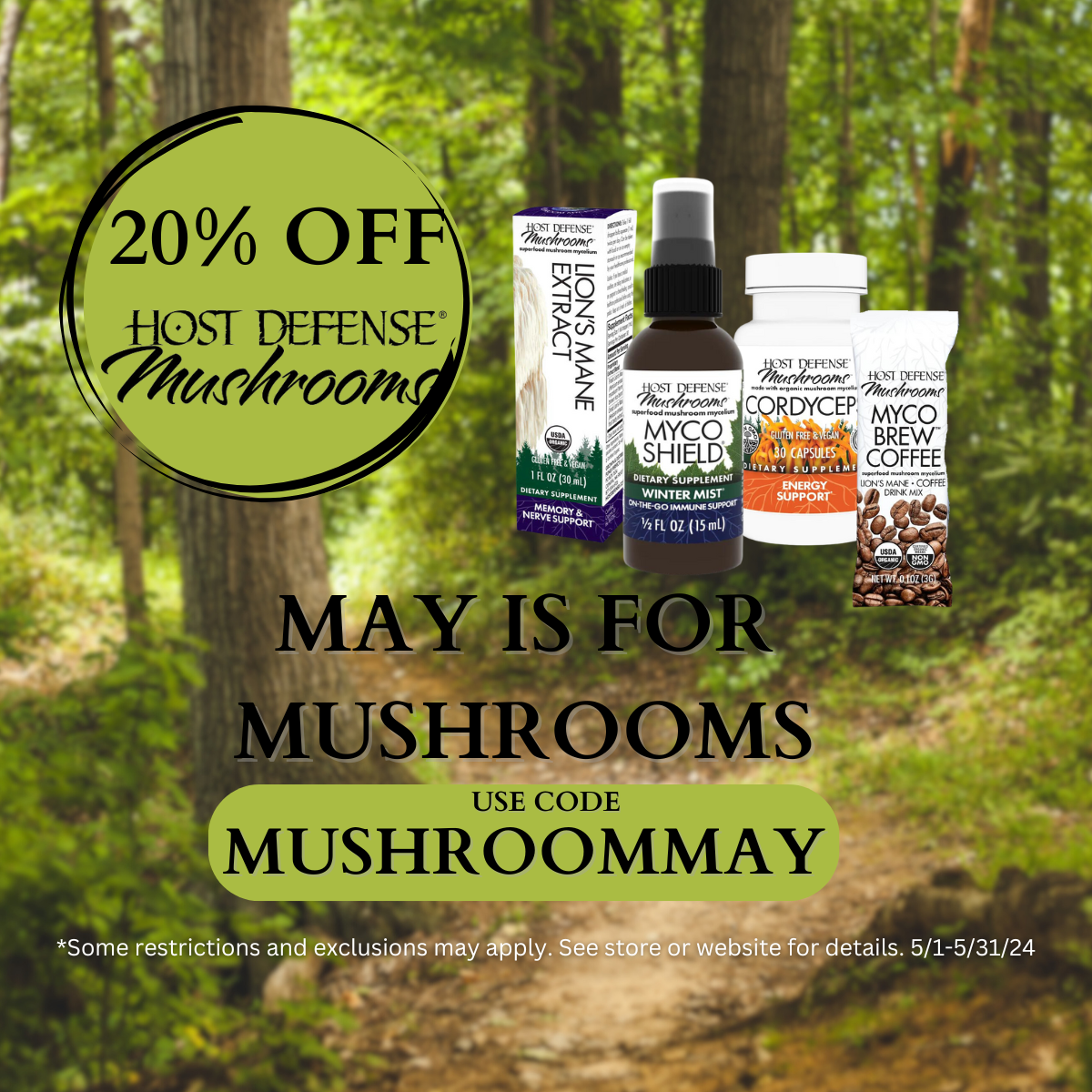
Ashwagandha Herb
, 2 min reading time

, 2 min reading time
Withania somnifera, most commonly called Ashwagandha, is a small perennial shrub. Its roots are harvested in winter often from poor and disturbed soils extending from parts of the Middle East, through India into western China and south into parts of Africa. Ashwagandha belongs to the Solanaceae or Nightshade family, along with other medicinal plants like Goji berry and Datura, and common foods like tomatoes and potatoes. It is dynamic plant that is classified as a ‘rasayana’ in Ayurvedic medicine, or a rejuvenating tonic. The modern term to describe Ashwagandha would be ‘adaptogen’. Ashwagandha has a long and varied history of use.
The use of Ashwagandha root has been documented in various traditional Ayurvedic texts, the oldest being the Kasyapa-Samhita from 600 A.D. The common and Latin names of the plant also point towards the common uses of the plant. In Latin, ‘somnium’ means to dream, and ‘fer’ means to carry. The species name ‘somnifera’ roughly translates to ‘dream carrier’, a reference to its use in support restful sleep. The common name, Ashwagandha, has a multitude of translations, all alluding to the vitality of a horse. In addition to supporting sleep, Ashwagandha is commonly used to support daytime energy and stress.
What is Ashwagandha Used For?
Adaptogens support the ability of an organism to cope with stress and thereby conserve energy. Ashwagandha rejuvenates and tonifies the entire system, especially the endocrine and immune systems.
Traditional Health Benefits of Ashwagandha
Active Constituents of Ashwagandha
Steroidal compounds which include the lactones Withaferin A, and carbon-27-glycowithanolides, known collectively as Withanolides. It also contains a fair amount of alkaloids; tropine, pseudotropine isopelletrine, and anaferine, and saponins.
Parts Used
Root
Important Precautions
Not to be used during pregnancy. If you have a medical condition or take pharmaceutical drugs please consult with your doctor before use.
Disclaimer
This information in our Herbal Reference Guide is intended only as a general reference for further exploration, and is not a replacement for professional health advice. This content does not provide dosage information, format recommendations, toxicity levels, or possible interactions with prescription drugs. Accordingly, this information should be used only under the direct supervision of a qualified health practitioner such as a naturopathic physician.



